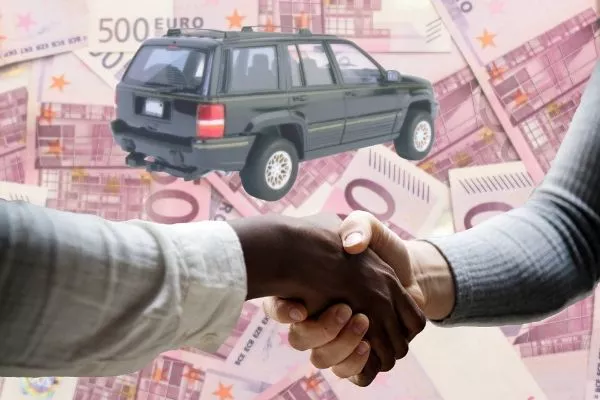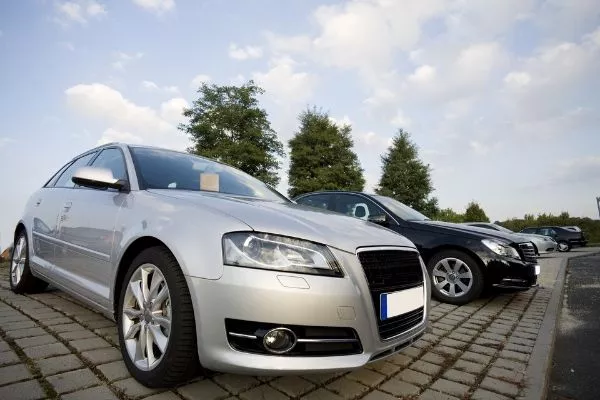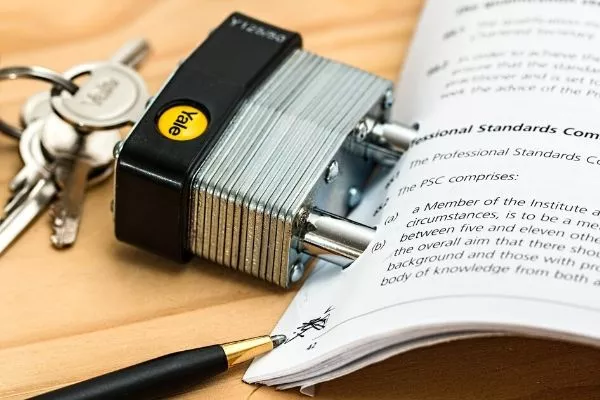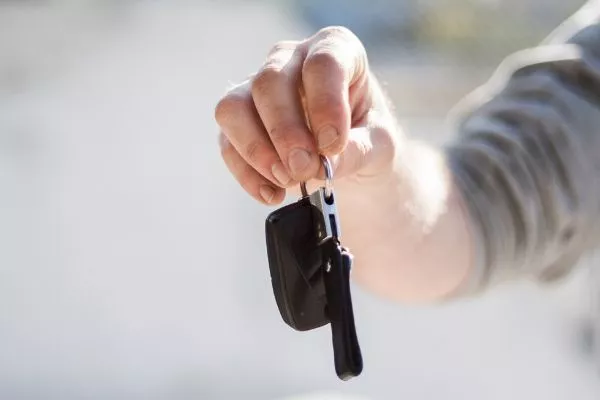Having a car is undeniably a dream come true for many, the fulfillment of a wish for personal mobility. And nowhere else is this true than in these coronavirus-addled times, when mass transport has become even more problematic and people are more than anxious to maintain their distance from those potentially carrying the virus.

It's a buyer's market out there when it comes to cars
Carmakers also see opportunity in the crisis, as they’re stuck with piled-up inventory due to low sales. Dealer promos are cropping up much faster than a vaccine for COVID-19 can be found, with participating brands dangling irresistible incentives in order to get potential customers to consider their respective offers. Come-ons include low or even zero down payments, considerable discounts, as well as buy-one-get-one offers, all in the quest to restart an industry that has been stagnant for a number of months.
It would be naturally tempting to bite into one of these promos and drive home your very own set of wheels. But before you get excited, there’s more to these publicity gimmicks than meets the eye. If you’re not careful, you could fall prey to some of the pitfalls surrounding that shiny prize in the showroom.
The promos offer old or slow-selling models
If you think you’ve hit the jackpot, be advised that more often than not, these offers are used to sell off models that are a year or two older than the current ones on the market. The cars themselves are called new old stock or NOS, technically brand-new yet unused and unsold in previous transactions (don’t be fooled into thinking that test drive or demo units are included). These are mostly identical to newer versions unless a newer generation is out, but the small differences might influence a customer’s decision to buy.

Promos usually offer new old stock (NOS) units
For instance, a 2020 model looks and drives the same as its 2019 predecessor, but the former might have full-color gauges or an improved touchscreen interface. These don’t have a bearing on the vehicle’s overall performance in any way, but the perceived added value could be a factor in deciding whether to go for the promo unit or just save up for the newer one.
A particular model that’s not performing as well as expected sales-wise is also a candidate for being included in the promo. There’s a reason why customers passed over a specific model to look at something else, and you’ll need to decide whether or not you can live with its perceived flaws in exchange for a good deal.
>>> Related: How to get a car history check before buying a car
Smaller downpayment, bigger monthly
It’s easy to be lured by promises of a low or even zero cash payment upfront, bannered in big, bold text that will get your salivary glands working overtime. After all, who could resist driving off a brand-new car for practically a song, especially when it already comes with the essentials such as a chattel mortgage, comprehensive insurance, and vehicle registration?
Well, that song could transform into a tone-deaf performance when you realize that the resulting monthly amortization far exceeds the amount you avoided shelling out for the down payment. It’s a bait-and-switch tactic, hooking you in with initial promises of forking over next to nothing, only to surprise you with higher monthly payments and interest rates.

You could be locked into a commitment you can't fulfill if you're not careful
It gets worse if the payment terms are stretched out, because the longer your car’s amortization period, the sooner that depreciation overtakes your loan payments. You’ll end up still paying for the car’s original market price years after it has been whittled away by time and use.
A longer amortization period also conceals expensive add-ons which some dealers sneak in, resulting in bigger commissions for the sales agent while you think you’ve stumbled upon a bargain. Whenever you can, just save up for a bigger down payment in exchange for lower monthly rates, or go for a shorter loan term.
>>> Related: Car buying tips & tricks to avoid hidden fees from dealers
The trade-in price should be separate from the purchase
If you happen to have an older car in your garage that you’d like to sell off to get a newer one, a trade-in deal from a dealer sounds like hitting two birds with one stone. In reality, it’s a negotiation tactic. Getting the trade-in value of the older car into the deal gives a sales agent another reason to conceal the true price of the newer ones.
For example, a dealer will try to drive down your old car’s trade-in value by Php 50,000 while offering you a Php 34,000 discount on the one displayed in the showroom. The discount makes it sound like you got a killer deal, while the agent earns an easy Php 16,000 on the spot.

Think before you trade in your older car for a newer one
>>> Related: Buying tips: 6 things you need to know about dealer's invoice
It’s better if you know your car’s trade-in value before you go to the dealer, as the amount they offer doesn’t necessarily reflect the car’s market value.
If you’re not comfortable with separating the trade-in value from the new car purchase, you can sell the car yourself either to a private individual or a used car dealer and use the proceeds to lay down a more substantial down payment. This gives you a bigger say on the selling price of the older vehicle.
Driving off with the car you want is easier with Philkotse.com.
Recent posts
- buying a car wisely philippines Jun 17, 2020
- 4 facts that will make you want to test drive a car before buying Dec 30, 2019
- [Philkotse tips] 4 truths when buying cars from a dealer Aug 09, 2022
- Don't make these 7 mistakes when buying a new vehicle Sep 20, 2019
- Do's And Dont's: Essential Guidelines In Buying Your First Car Jul 23, 2019











